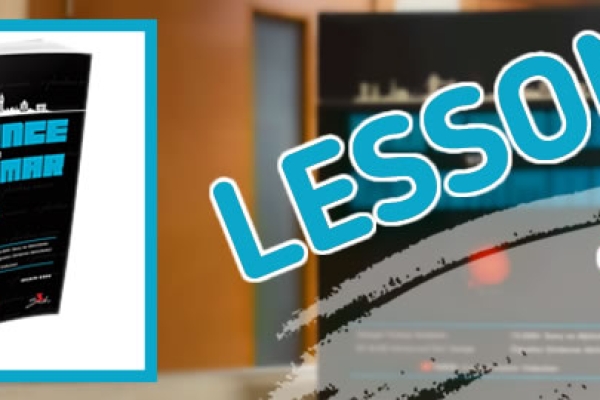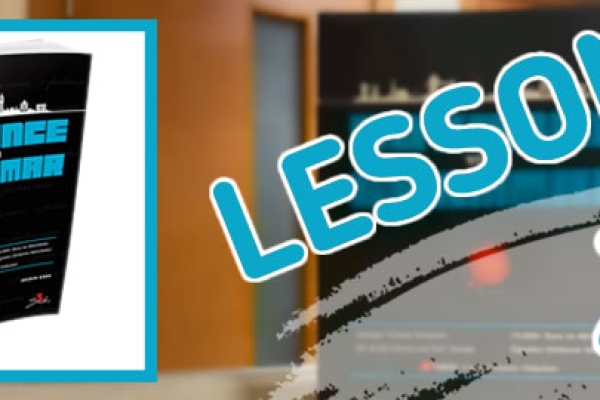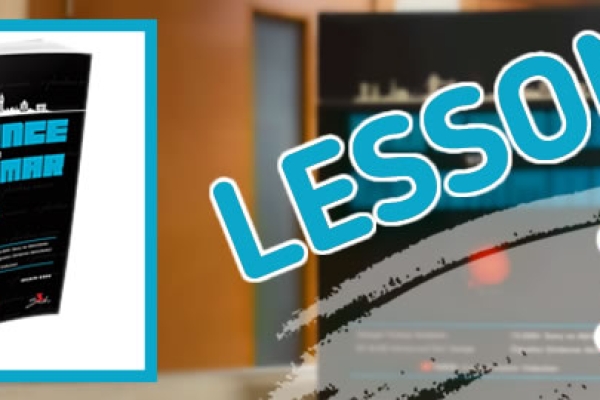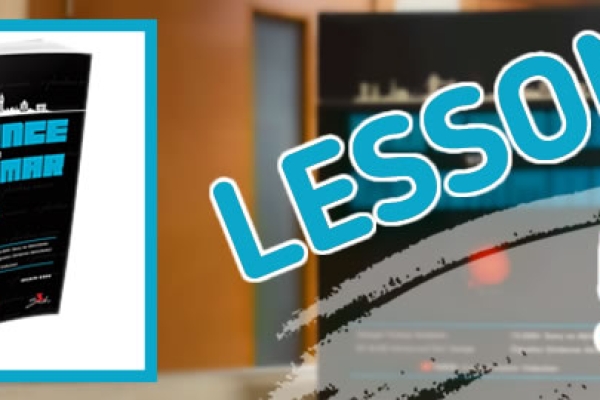Comparison Summary: Preparatory Object
In English, some verbs require a preparatory object, which is a noun or pronoun that is used to introduce the actual object of the sentence. The preparatory object often helps clarify the meaning of the sentence by acting as a placeholder for the real object, which is placed later in the sentence, usually in the infinitive form. This structure is common with certain verbs and expressions, and understanding how to use it correctly is crucial for conveying clear meaning.
1. Verbs like "find" – Introducing the Subject of the Sentence
The verb "find" is often used with a preparatory object, where the noun or pronoun functions as a placeholder for the real object, which is often an infinitive.
-
Example:
-
I find it difficult to believe.
(In this sentence, "it" is the preparatory object, and "to believe" is the real object introduced later in the sentence. The speaker finds the action of believing difficult.)
-
Explanation: The preparatory object "it" is used to introduce the actual object of the sentence, which is the infinitive "to believe." This structure emphasizes the difficulty of the action rather than the action itself.
2. Verbs like "consider" – Introducing a Concept or Action
The verb "consider" is another example of a verb that often uses a preparatory object. Here, the preparatory object helps introduce the real object, which is typically a noun or noun phrase that follows.
-
Example:
-
She considers it important to arrive early.
(The real object here is "to arrive early," and "it" serves as the preparatory object to introduce the actual concept being considered.)
-
Explanation: "It" is the preparatory object used to introduce the actual noun phrase or infinitive "to arrive early." This structure helps the speaker focus on the importance of the action rather than the action itself.
3. Verbs like "find" and "think" – Introducing Opinions or Feelings
Verbs like "find" and "think" can use a preparatory object when the subject of the sentence is expressing an opinion or feeling about an action.
-
Example:
-
They think it is a good idea to go on vacation.
(The preparatory object "it" introduces the real object, which is "to go on vacation." This construction allows the speaker to express the idea of going on vacation as an opinion.)
-
Explanation: The preparatory object "it" introduces the infinitive "to go," making it easier to express opinions or feelings about actions or situations.
4. Verbs like "find" and "feel" – Introducing Emotions or States of Being
With verbs such as "feel," the preparatory object can be used to introduce a state of being or emotion. In these sentences, the preparatory object is followed by an infinitive that explains or describes the state or feeling.
-
Example:
-
I feel it is important to communicate effectively.
(Here, "it" is the preparatory object, and "to communicate effectively" is the real object that explains what is important.)
-
Explanation: The preparatory object "it" is used to introduce the infinitive "to communicate," which helps clarify the speaker's feeling about the importance of communication.
5. Verbs like "make" – Introducing Necessity or Action
Some verbs like "make" can also take a preparatory object, especially when expressing a necessity or something that is made possible.
-
Example:
-
The teacher makes it clear to follow the instructions.
(In this case, "it" is the preparatory object, and "to follow the instructions" is the real object explaining what needs to be done.)
-
Explanation: The preparatory object "it" introduces the real action or necessity, "to follow the instructions," helping to clarify the action or requirement.








